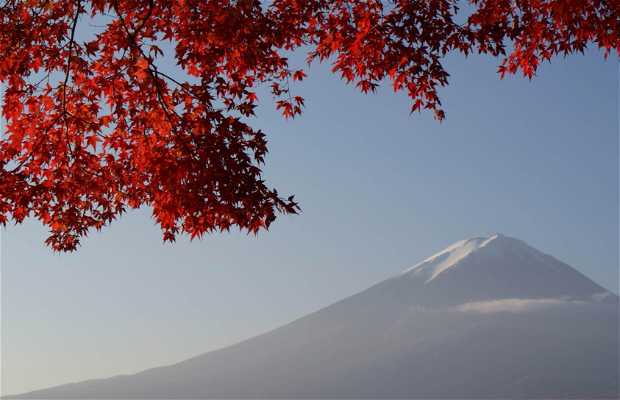Mount Fuji
Mount Fuji (Fujiyama is a transcription error) which stands at 3,776 m is the highest mountain in Japan. The volcano is one of the symbols of Japan and one of the most emblematic places to visit in Japan. There are many places in the surrounding areas which you can see. During the months of July and August you can also climb up to the top.









